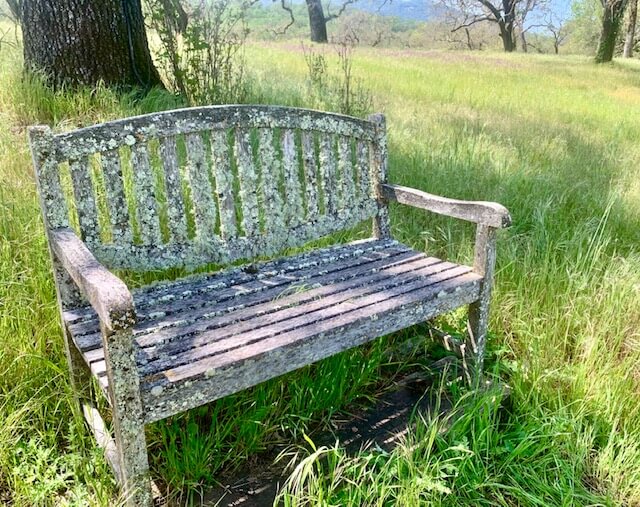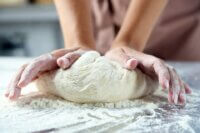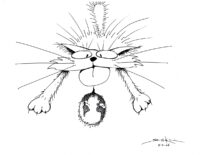After insisting that they were separate entities for at least several millennia, it seems like Western culture is finally coming around to the realization that the two are inextricably connected. It’s mystifying, actually, how it took them so long to get there: all you need to do to know it’s true is take a few slow, deep belly breaths – and notice how your mind unwinds.
Creative expression is one of the ways in which we see this connection. Creativity is all about expressing yourself – what’s in your mind – by making something with your hands; sometimes even with your whole body. The discipline of ceramics involves especially tactile kinds of creativity. Here’s how Meg Billingham, the new director of Ceramics at the Sonoma Community Center, describes it:
“To touch clay is to touch both the present and the past at the same time. To work with such an immediately responsive material, that is simultaneously holding within it thousands of years of geologic history and migration is a deeply powerful experience; it allows us to ground ourselves in space, on both a proprioceptive, physical level, and also an emotional level – and it acknowledges that both are interwoven and not mutually exclusive.”
This “grounding,” as Meg describes it, actually stimulates your parasympathetic nervous system – the same one that you activate with those belly breaths. It’s the body’s “rest and digest” mode, which can override the sympathetic nervous system’s “fight or flight” response, and tells your brain that you are safe. In other words, working with clay is a way to get out of your head and drop down into your body, creating a sense of both physical and mental calm.
This capacity for “grounding” is one of the reasons why creativity can be so therapeutic. And though she’s careful to clarify that she’s not a licensed arts therapist, Meg centers this embodied experience both in her teaching and in her own artistic practice.
“My teaching practice is really about teaching exercises of noticing and sharing,” she says. “We all engage in these emotional and physical regulatory practices, but when we are able to bring a conscious and intentional mind to it while it’s happening, it becomes much more impactful. Within our artmaking, we learn to focus and synthesize our energies with our technical skill, and develop the beginnings of a sustainable practice based in the maintenance of our health.”
As part of her work, Meg teaches a class for adults on the autism spectrum at Sweetwater Spectrum. She builds lesson plans for this group that feel collaborative, but still meet every participant’s unique tactile needs – so that each gets the sensory engagement that is appropriate for them. “These variations foster an incredibly generative, creative space where folks are interacting with a single material in a multitude of ways; engendering wonderful conversations about our varied personal and individual experiences in the world.”
Tonight when you sit down to watch TV, run your hands over the fabric of your couch. When you wash the dishes, pay attention to the feel of the soap between your fingers. Or come take a ceramics class and wrap your hands around some clay. Either way – explore your sense of touch and see what it feels like to ground yourself inside your body, connect with the physical world, and let your brain “rest and digest” for a while.
Charlotte Hajer is the executive director of the Sonoma Community Center.







Be First to Comment